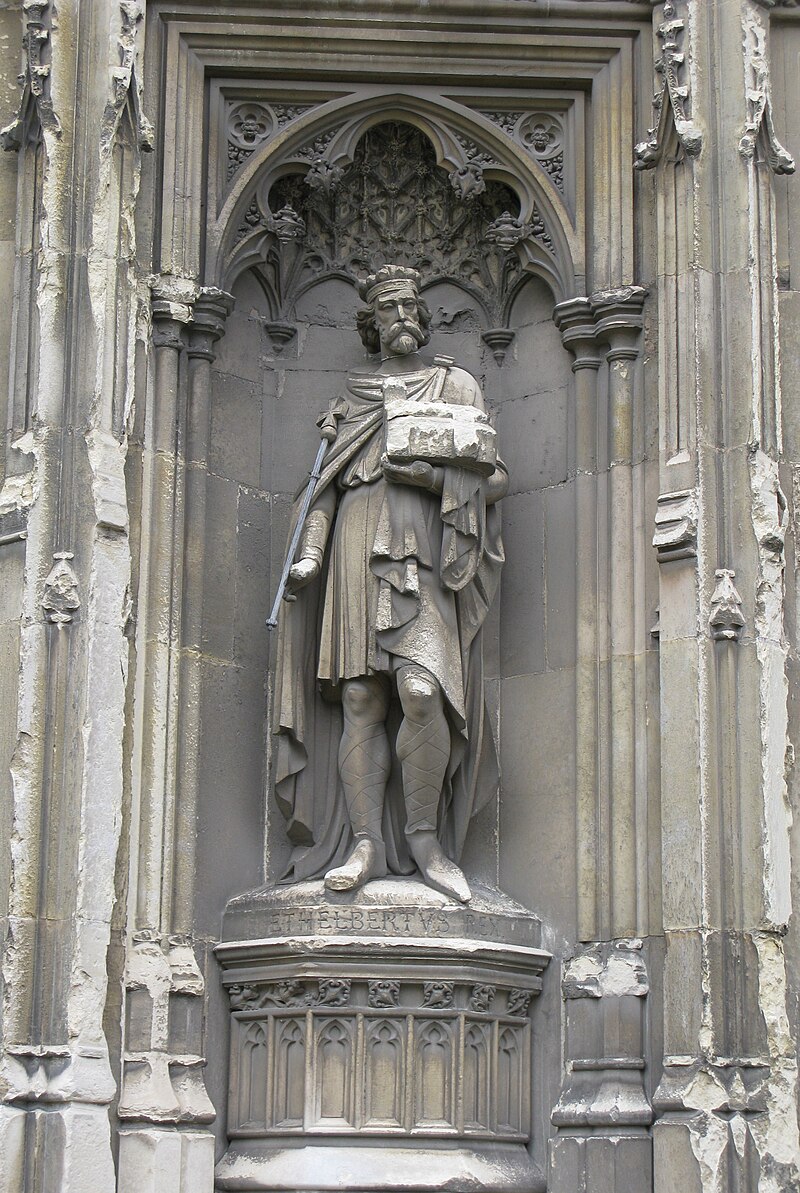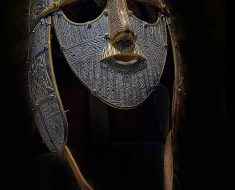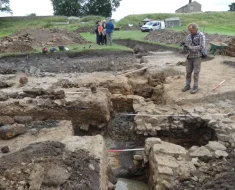In a quiet field just outside Ebbsfleet, Kent, stands a solemn, wind-weathered monument…St Augustine’s Cross.
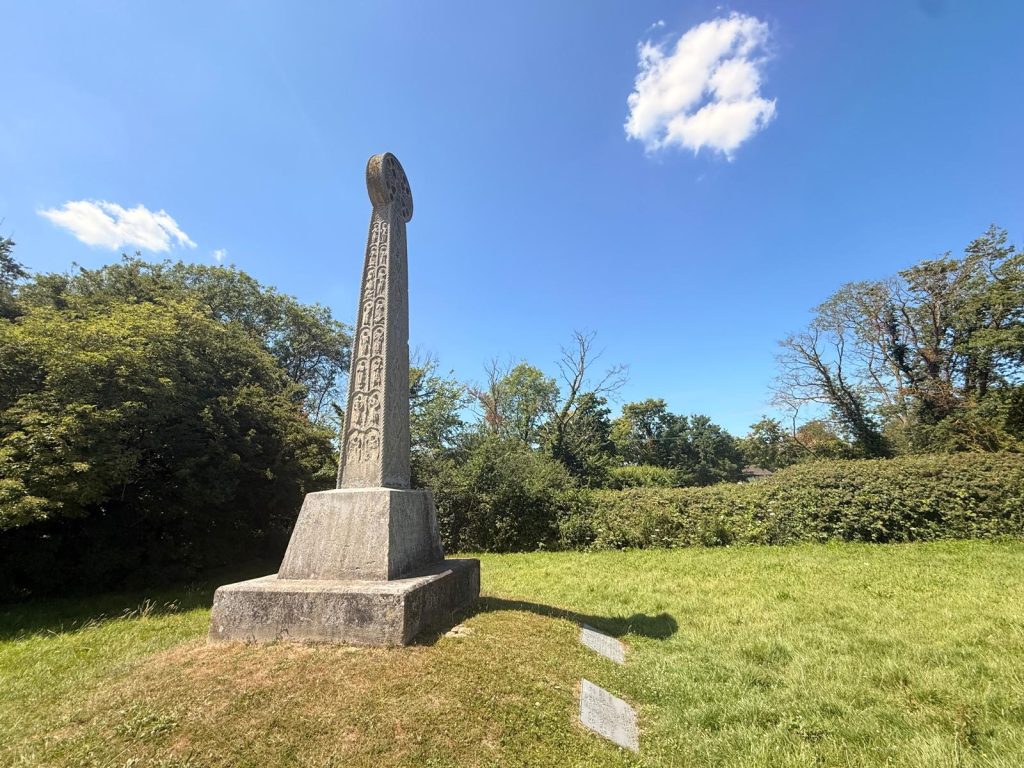
To the untrained eye, it might look like just another Victorian memorial planted in a sheep field. But look again…this cross marks the spot where, according to tradition, Christianity was introduced to England in AD 597.
This is the place where St Augustine, a Benedictine monk sent by Pope Gregory the Great, is believed to have first met King Æthelberht of Kent.
Augustine had arrived on these shores with a small band of monks, nervous but determined, to carry out a papal mission…to convert the pagan Anglo-Saxons to Christianity.
And it wasn’t just any field…
At the time, Ebbsfleet was a sheltered landing place, part of the Isle of Thanet…separated from the mainland by the now-vanished Wantsum Channel.
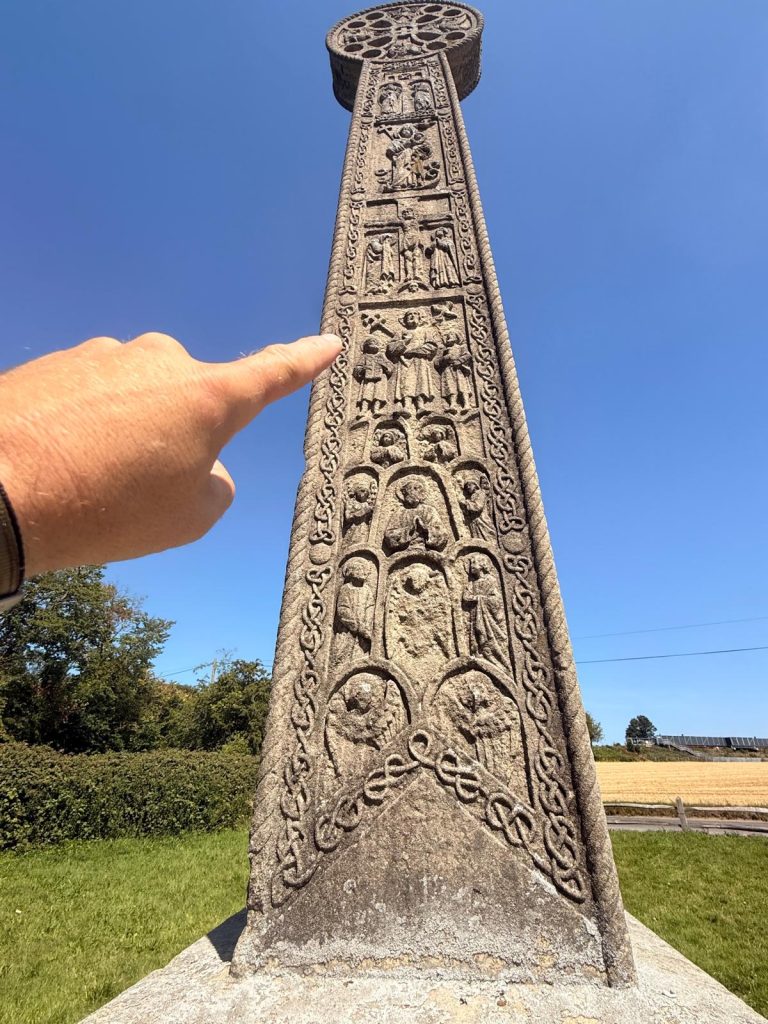
This would have been Augustine’s first real step into the Kingdom of Kent…a land ruled by Æthelberht, who held sway from Canterbury, just a few miles away.
According to the Venerable Bede, Æthelberht agreed to meet Augustine and his monks… but in the open air, just in case the foreigners tried to work any Roman sorcery.
The King listened, however he didn’t convert on the spot, but he was impressed.
Crucially, he allowed Augustine to preach freely and to establish his mission in Canterbury. Within a few years, Kent would become a Christian kingdom, and Augustine would be its first Archbishop.
It’s worth noting that Æthelberht’s wife, Queen Bertha, was already Christian…a Frankish princess with her own private chapel in Canterbury….so the door was already half open.
Augustine simply had to step through.
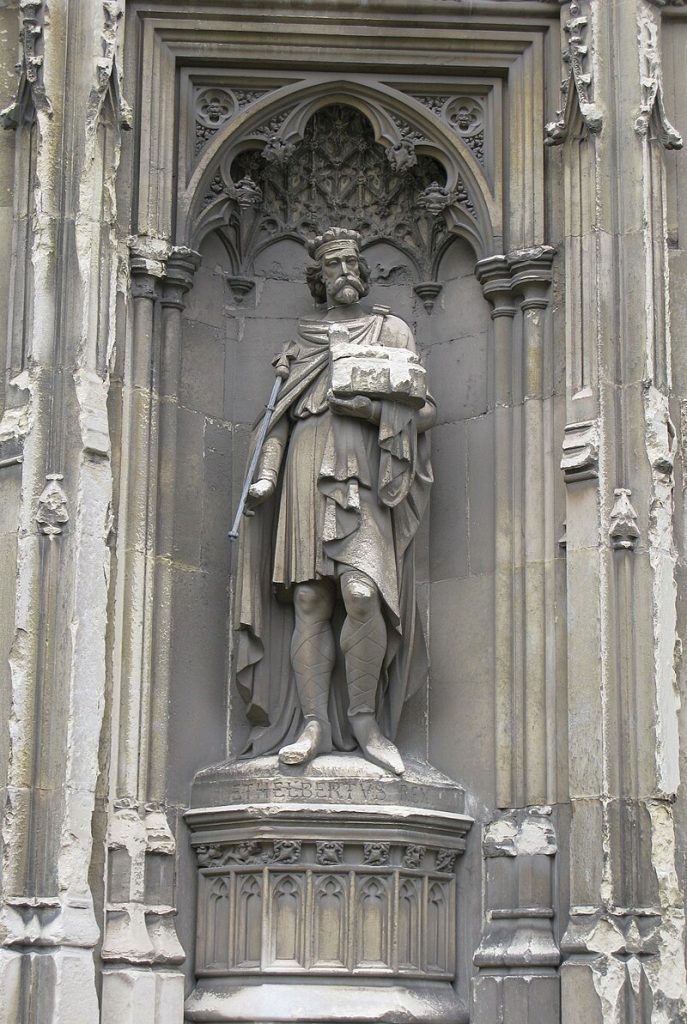
The cross itself, the one you see today, was put up in 1884 by Granville Leveson-Gower, 2nd Earl Granville, as a commemoration of that world-changing meeting.
It’s carved from Cornish granite, decorated with early Christian motifs, and bears inscriptions in Latin and English. Though Victorian in age, it honours one of the most important encounters in British religious history.
Standing in that field, with the sea breeze on your face and the spire of Canterbury just out of reach over the hills, it’s not hard to imagine that fateful meeting.
Two men, one from Rome and one from Kent, each with power, each with belief and together, they laid the spiritual foundations of Christian England.
